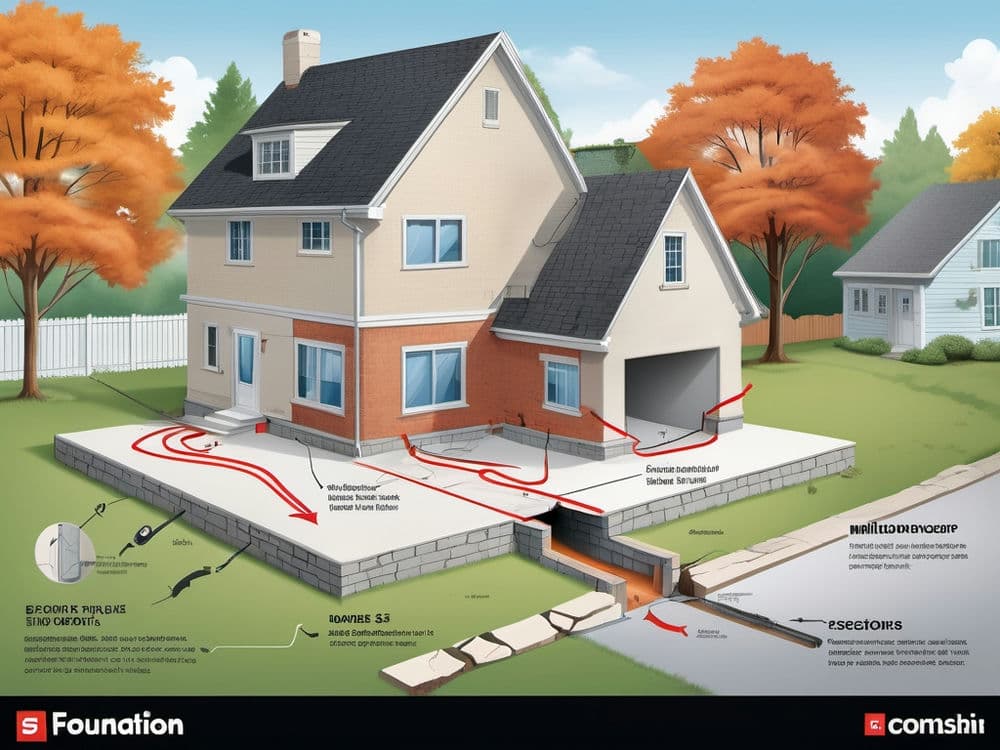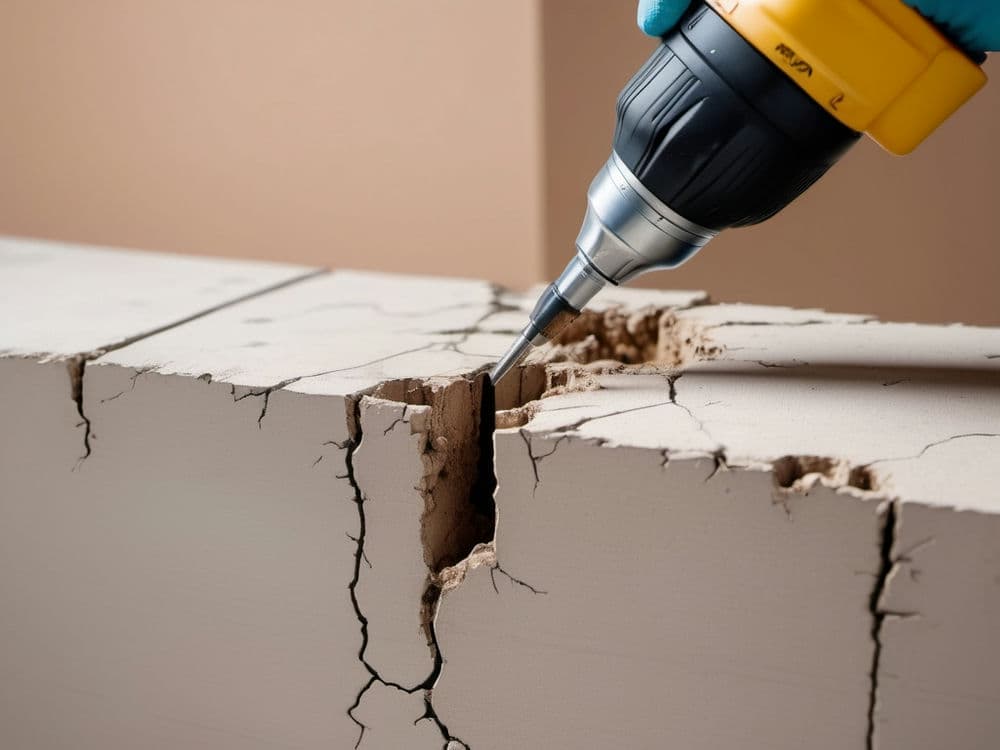

Helical pile installation is a significant transformation in foundation engineering providing an efficient and reliable solution for both commercial and residential structures. This technology, which echoes the fundamentals of geotechnical engineering has revolutionized the method we use to approach foundation stability, particularly when soil conditions are difficult.
The design of helical piles combines the physics of screw threads and helix geometry, making them perfect for penetrating different soil types. These components, crafted from robust materials like steel, demonstrate remarkable tensile strength and endurance. Their unique design reduces ground disturbance, which is especially beneficial in environmentally sensitive areas.
One of the key aspects of helical pile installation is achieving the capacity of load you want to achieve. This is the point where the connection between installation torque as well as load capacities becomes essential. Contemporary torque indicator, such as the Chance Digital Torque Indicator, are a key component in this process by providing precise measurements and eliminating the uncertainty that are associated with estimates of pressure in hydraulic systems.
The speed at which the installation takes place is vital, generally ranging between 8 and 16 RPM. This controlled speed ensures that the pile moves approximately three inches each revolution consistent with the pitch of the helical plates. If the pile doesn't advance in the manner expected, adjustments such as increasing downward thrust or adding larger helical plates are made to avoid 'spinning out', akin to a screw ripping its threads.
APA Solar Racking unveils new 3-rail racking system Solar Power World
Posted by on 2019-01-30
Riviera - News Content Hub - 'Silent foundations' secure statement of feasibility Riviera Maritime Media
Posted by on 2021-01-25
Wooden pool house by Amantea Architects provides privacy for Canadian family Dezeen
Posted by on 2017-04-11
Screw Piles Market Size to be Worth USD 1.56 billion by 2031, at a CAGR of 5.5 %| Transparency Market Research, Inc. GlobeNewswire
Posted by on 2024-01-03
Orion Marine Group, SDOT Earn Award for Fairview Ave. Bridge Project : CEG Construction Equipment Guide
Posted by on 2022-05-31
The construction industry is always seeking innovative solutions to enhance efficiency, reduce costs, and ensure the structural integrity. In this endeavor the helical piles are emerging as a revolutionary technology, revolutionizing how we approach foundational support. This article delves into the factors that have led to the increasing popularity of helical piles in construction, and focuses on their unique advantages and applications the driving force behind this shift.
Helical piles, often referred to as screw piles are foundation solutions that are used to anchor new or existing foundations. They are constructed of steel and have a helical lead section that permits them to be driven into the ground in the same way as screwing into wood. This design is a significant departure from traditional concrete foundations, and provides a number of advantages that meet modern construction demands.

Helical piles also referred to by the name of screw piles are one type of deep foundation system made up of a central shaft with some or all of the helix-shaped blades attached. This design enables the screw to be inserted to the earth, thereby providing a secure and stable foundation for different types of structures. Based on the 19th century inventions from Irish engineer Alexander Mitchell, helical piles have developed and are at the forefront of current foundation technology.
One of the best characteristics of helical piles is their speed and ease of installation. Contrary to conventional concrete foundations that require a significant amount of excavation and curing time Helical piles are able to be installed quickly using hydraulic machinery. This does not just speed up the construction process, but also reduces their impact on natural environment. The reduced need for large excavations makes them especially useful in urban settings or in environmentally sensitive zones where the preservation of natural landscapes is essential.
Alongside their main benefits, helical piles are also equipped with additional advantages that strengthen their place in modern construction. These include:
These additional attributes, along with their main benefits, create helical piles a highly versatile and reliable foundation choice for a range of construction projects.

Speed of construction is one of the most significant advantages of helical piles. Unlike conventional foundations that require extensive excavation and curing time, helical piles are installed quickly and often in just hours. This efficiency not only saves time but also cuts down on costs for labor and makes projects more cost-effective.
Another advantage of helical piles lies in their comparatively low environmental impact. Their installation process is less disruptive, resulting in lesser soil disturbance. This feature is particularly beneficial in ecologically sensitive areas or in urban settings where preserving the integrity of the environment is essential.
Building on the foundational strengths of the helical piles, their usage in construction projects provides several advantages. These are as follows:
These factors highlight the many benefits of making use of Helical piles and highlight their importance in improving sustainability, efficiency and efficiency in construction.
